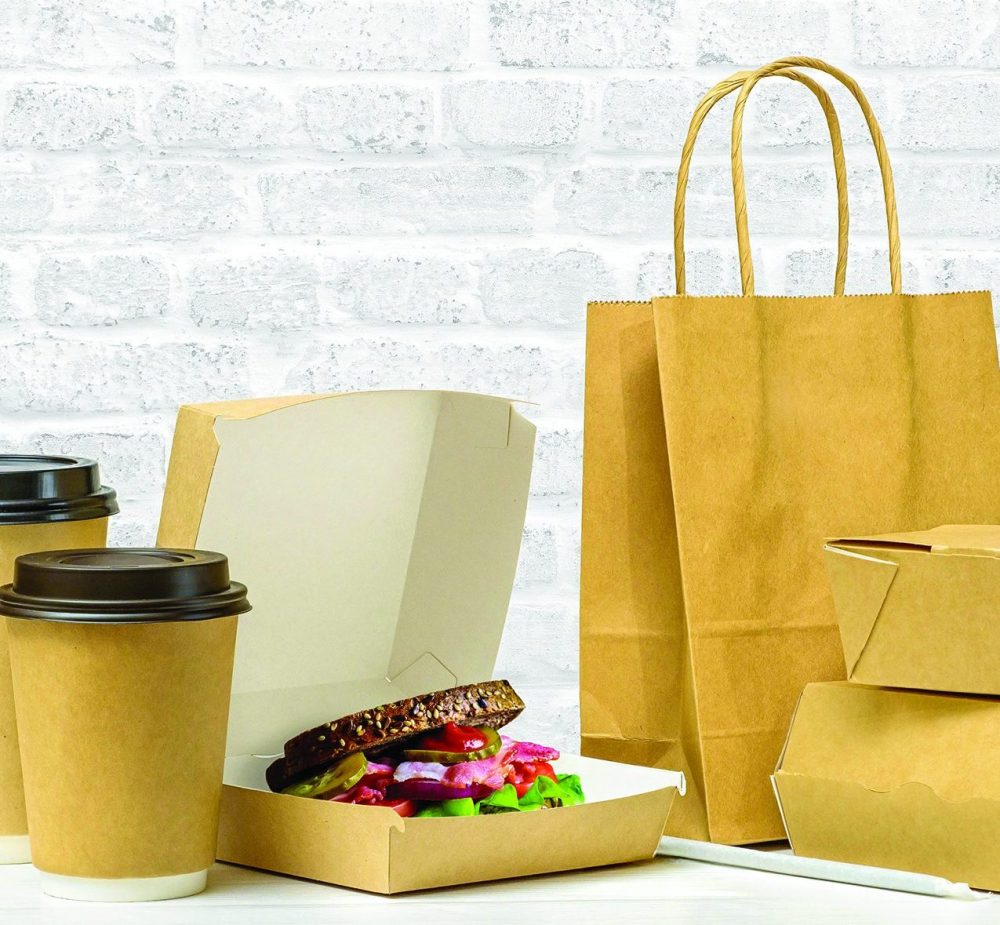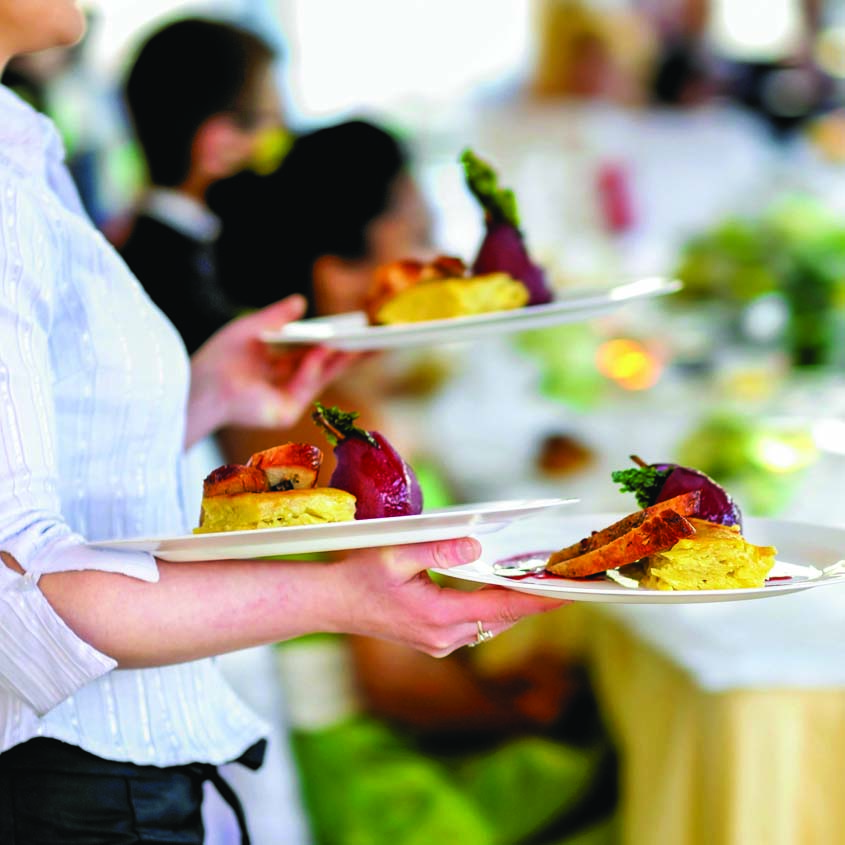These are unprecedented times. As the world confronts the COVID-19 pandemic, people have had to adapt to many significant changes in a relatively short period of time. Throughout the pandemic, many hardworking individuals have helped to keep the world moving forward in an uncertain time. Though many food servers have temporarily or permanently lost their jobs during the pandemic, many more have continued to work.
Restaurants are vital components of local communities, serving as more than just somewhere to enjoy a great meal. Restaurants are gathering places and have helped people get out of the house during the age of social distancing. Servers are at the heart of the restaurant industry, and there are various ways to show them how much their efforts are appreciated.
1. Leave a sizable tip. Etiquette suggests customers tips servers anywhere between 15 and 20 percent. Because servers today are increasingly putting their health on the line, why not increase that tip to 25 or 30 percent? Such tips can provide some financial relief to servers whose earnings have been adversely affected by the pandemic and a bigger tip lets servers know their efforts are appreciated.

2. Write a thank-you note. Jot a few words of encouragement on the back of the bill or receipt. If time allows, thank the server in person for a job well done.
3. Don’t forget school staff. While certain schools are still serving breakfast and lunch to students, others have had to forego in-person dining at school due to local regulations and capacity restrictions. However, food servers and other staff may still be distributing food to those who qualify for financial assistance. Food services is often an overlooked job in the school system and parents can offer small tokens of appreciation to these workers.
4. Be courteous and kind. Food servers experience all sorts of personalities during a typical workday. Being kind and respectful brighten up a server’s day.
5. Be a tidy customer. Do your best to leave a tidy table behind when you finish your meal. Collect trash and dispose of it properly. Try to be as neat as possible, stacking dishes and preventing items from falling on the floor so servers and bussers have an easier go of it.
6. Follow restaurant rules. Policies regarding in-person dining and mask usage vary depending on local laws. Follow the rules so you don’t put servers’ health at risk.
Food servers have faced unprecedented challenges during the pandemic. Customers can do many things to show their servers how much their efforts are appreciated.






